Table of Content
Verify that testing has been enabled for your project by moving your mouse over the Testing on Device icon. Now that you have installed the dependencies and configured your project, you are ready to run the app for the first time. Similarly, when configuring your Functions, you should use the default files, and ensure you don't overwrite the existing index.js and package.json files in the project sample. You can use the default location for the database instance.
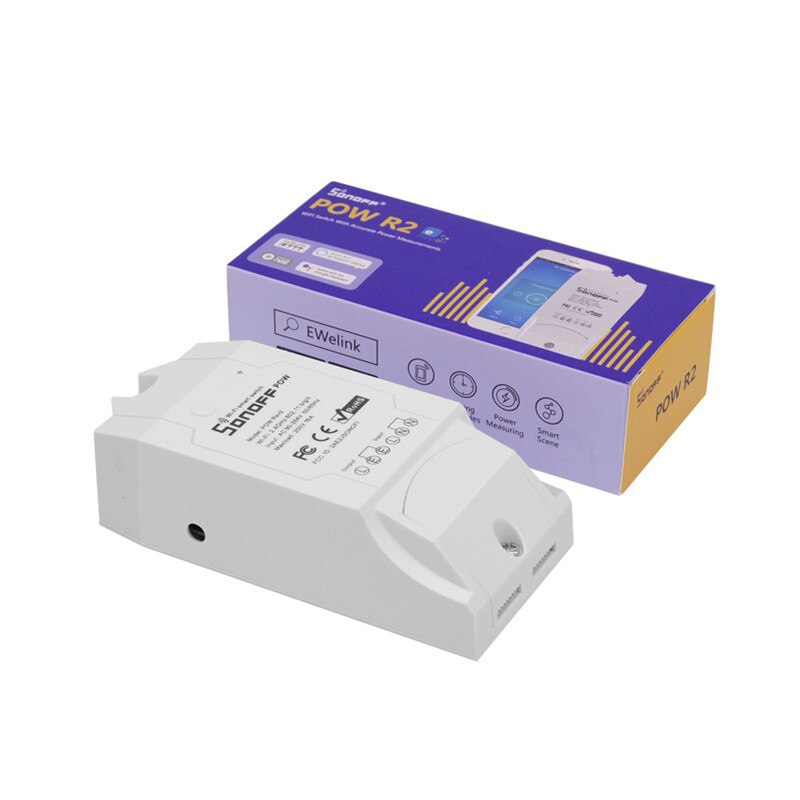
The Firebase Command Line Interface will allow you to serve your web apps locally and deploy your web app to Firebase hosting. On the Overview screen in the Actions console, select Smart home. In order to use the Google Assistant, you must share certain activity data with Google. The Google Assistant needs this data to function properly; however, the requirement to share data is not specific to the SDK.
Download the Google Home app
Devices connected to Google Home will already have names automatically assigned to them by the app. These names are, most commonly, taken from the devices themselves. Usually, they’re pretty generic, and it might be somewhat confusing to have several devices with the same or very similar names.
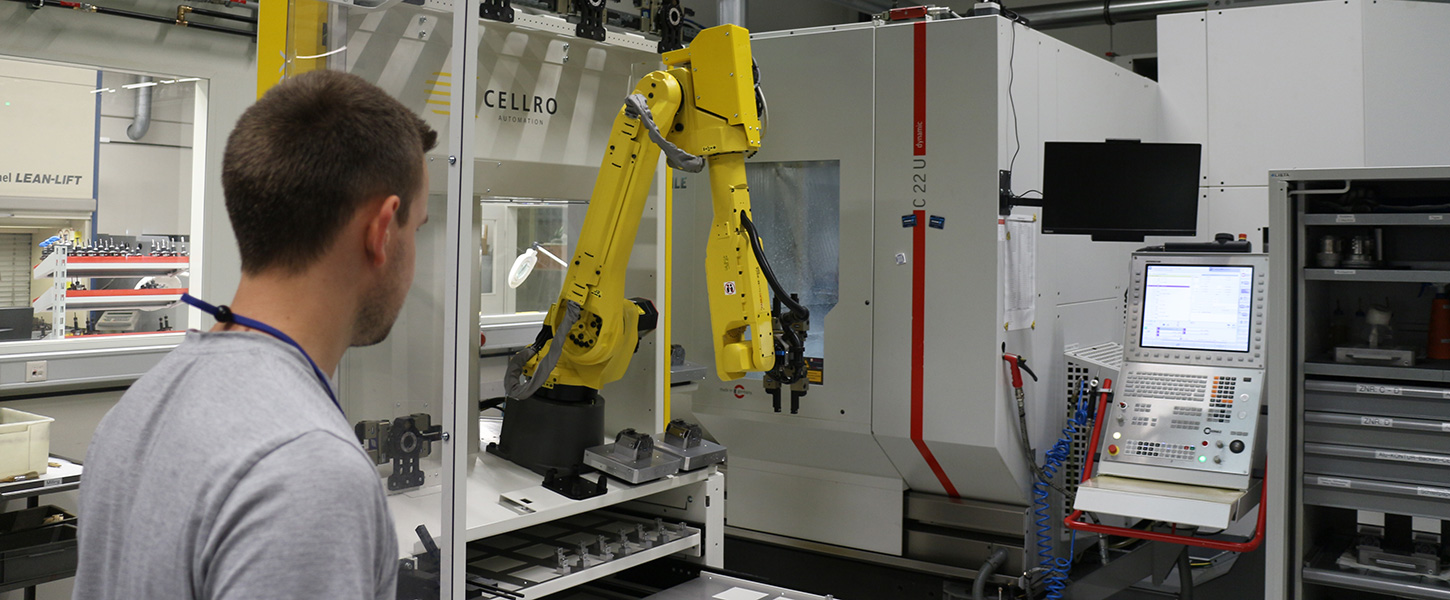
When you unlink one device from a Works With Google manufacturer, you’ll lose all devices from that specific product brand. Confirm you want to remove the device from this manufacturer by tapping Unlink. Locate and select the device you want to remove in the Google Home app. On the device screen, tap the Settings icon in the upper-right corner.
How to add a HomePod to the Home app
Once you choose the first device, the app will require signing in to the account you have with the device’s manufacturer. After that, the device will appear in the “Devices” list, and you can proceed to add the rest of the removed devices. In the following section, you will verify that the Google Home device can properly scan, identify, and send commands to the virtual smart washer over the local network.
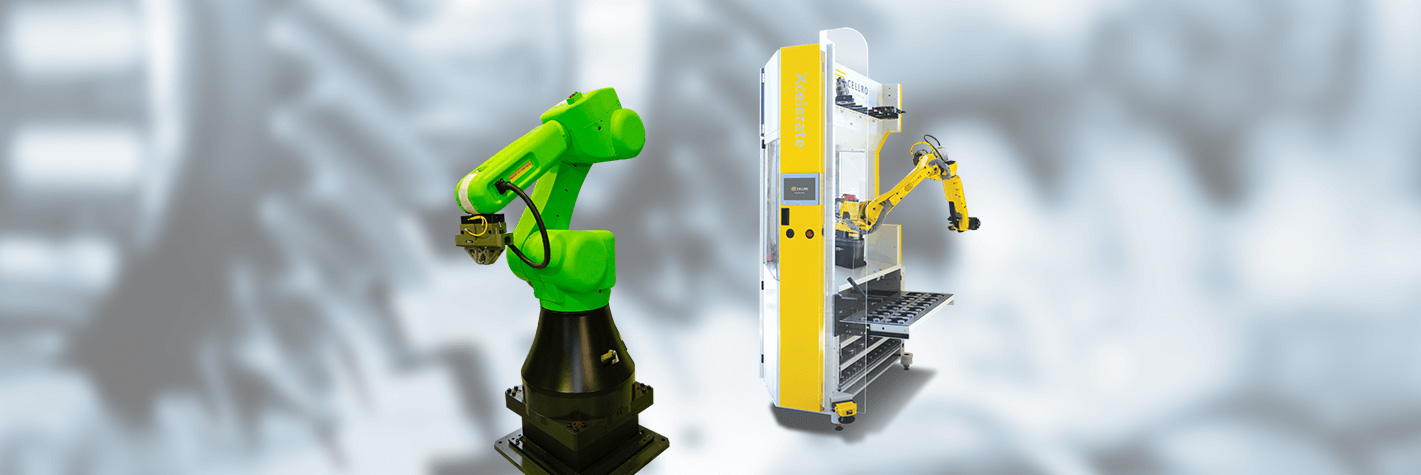
Tap on the option ‘Manage Accounts’ to open the list of linked services. Although Google Home is a fantastic concept that lets you control devices around your house, most users have experienced some minor glitches. One such issue causes duplicate devices to appear in the Google Home app. Select 'Choose devices' and you'll be able to add and remove as you please. Alternatively, you can click on an individual device and choose the room you want to assign it. The Google Home app shows all your devices – categorized by room – on the home screen, giving you a much clearer overview of your smart home.
With the Google Home app
The other option, which we are going to take, is to add a "Works With Google" device that we have already added to our home Wi-Fi network. Check your device’s packaging, manual or the manufacturer’s website to know if “Seamless Setup with Google Home app” is listed. If it is, follow the instructions for Seamless Setup. Some devices, such as certain lights and plugs, have been made to work directly with the Google Home app. With Seamless Setup devices, you don't need a bridge, hub or the device maker’s app. Only Apple devices can send content using AirPlay, but it can be received and mirrored by several TV brands, including Samsung.
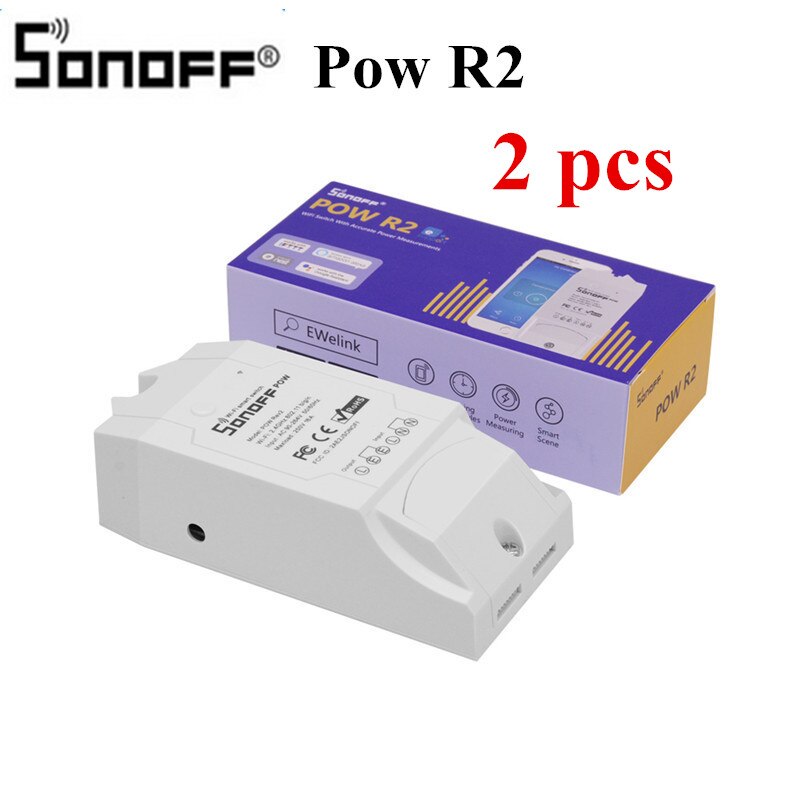
Check if the devices are listed under a room name or under "Local devices." If they aren’t listed, follow the instructions to set them up in the Home app. With the power of modern technology, you can easily connect your smart devices with Google Home in a matter of minutes and enjoy your very own interactive home. As another helpful tip, from the home screen on the Google Home app, you will see some options for products related to your Google account.
Select the Console tab and verify that you can see the content of IDENTIFY intent printed by your TypeScript app. Index.html—Local hosting page used to serve the app for on-device testing. After deployment completes, navigate to the web UI and click the Refresh button in the toolbar. This triggers a Request Sync operation so that the Assistant receives the updated SYNC response data.
In a production system, you must trigger Request Sync whenever the user adds / removes / renames devices. Ensure you’ve completely closed the Home App; if you’ve got an Android phone or device, just swipe the app’s screen from bottom to top. This method for closing out an app is extremely similar to the iOS method. However, on older iOS models, you’ll need to tap the Home button two times and then swipe your applications upwards to close them. The problem is that I can't find a way to add this device into the google home app, to control it alongside my other smart switch.
Your app then communicates directly with users' existing smart devices over the local area network by using existing standard protocols to fulfill commands. You can control smart devices that are compatible with Google Assistant, such as speakers, displays, thermostats, lights, and plugs, with the Google Home app. The setup process to add a device to a home varies by device, so it’s important to follow the correct instructions. After you connect your smart devices in the Google Home app, you can use the Google Home app to control them. If you have a Google Nest or Home speaker or display, you can also use voice commands to control your smart devices.
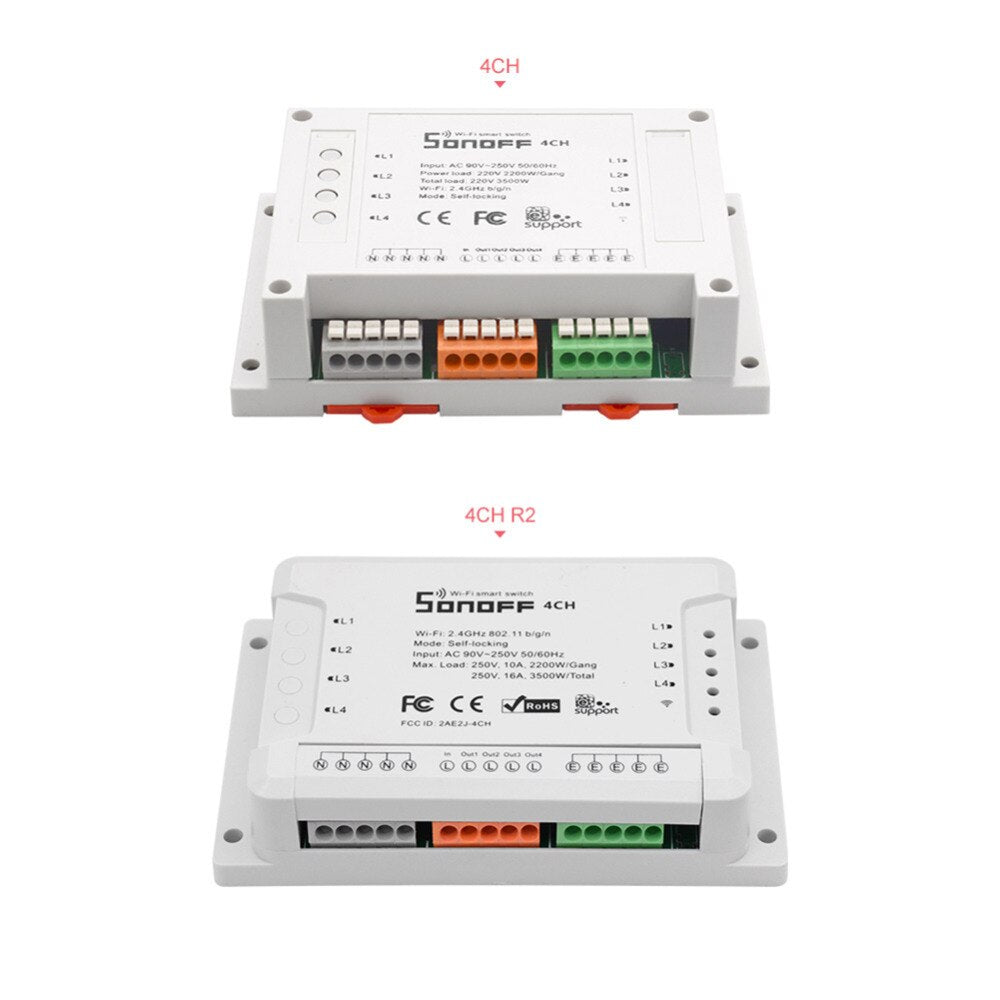
Before you start, please make sure they are ready to pair by plugging the devices into the power outlet and connecting them to your Wi-Fi. At this moment, the only way to delete a device from the app is to unlink the manufacturer from your Google Home. This will unfortunately remove all of the brand’s devices, meaning that you’ll have to set them up once again.
Meanwhile, the platform invokes the identifyHandler with the resulting scan data when Google discovers a matching device. In your app, scanning takes place using a UDP broadcast and the scan data provided to the IDENTIFY handler includes the response payload sent by the local device. In order to test your smart home Action, you need to link your project with a Google account.
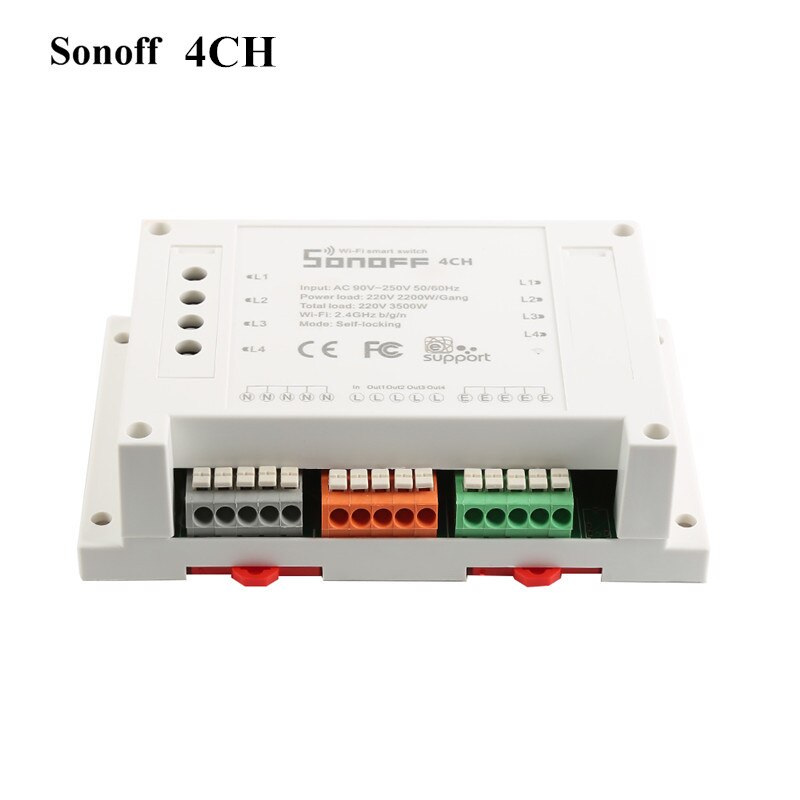

No comments:
Post a Comment